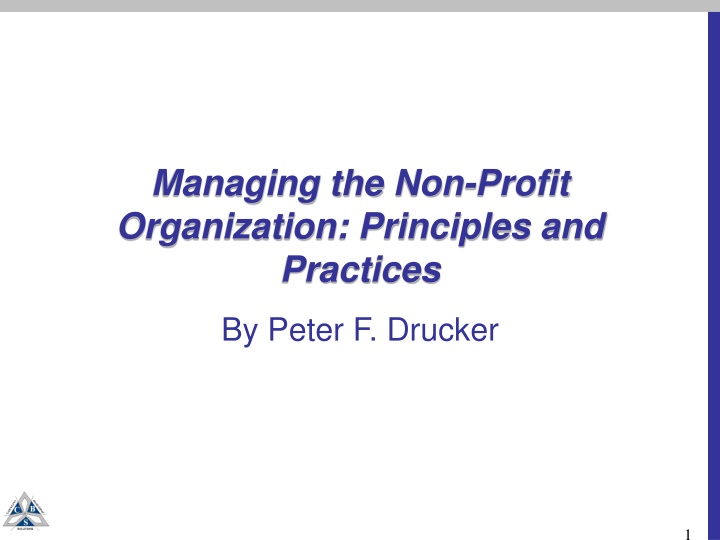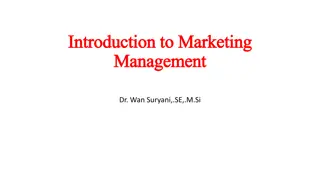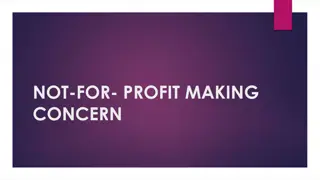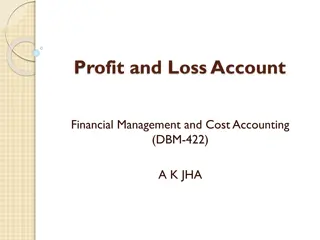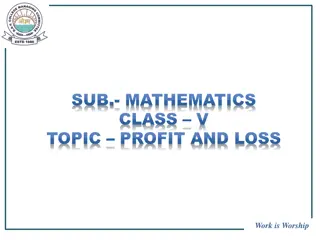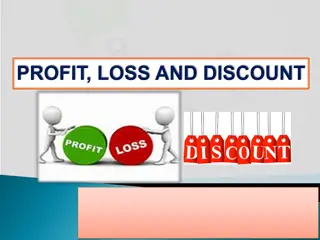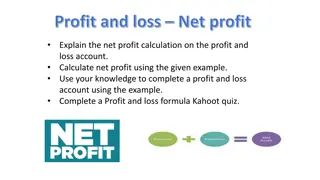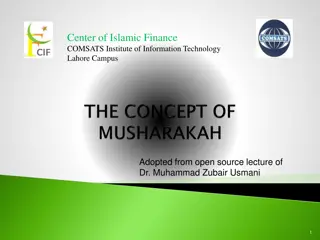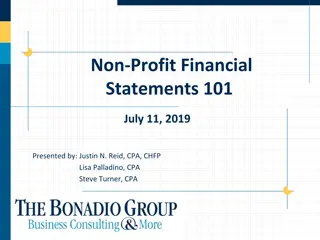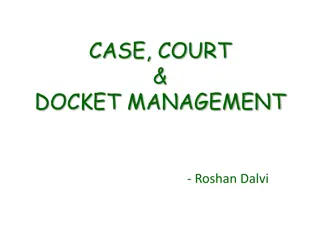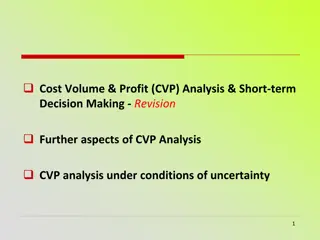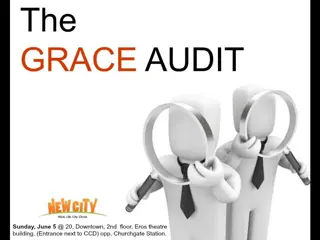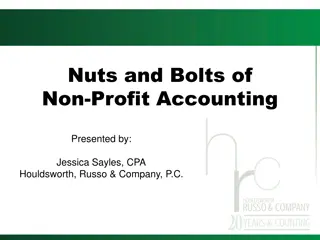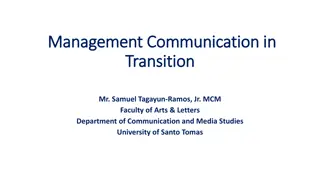Principles of Managing a Non-Profit Organization by Peter F. Drucker
Key principles for effective leadership and strategy implementation in non-profit organizations, focusing on mission alignment, goal setting, and building winning strategies. Learn how to enhance performance, engage stakeholders, and drive mission-driven results.
Download Presentation

Please find below an Image/Link to download the presentation.
The content on the website is provided AS IS for your information and personal use only. It may not be sold, licensed, or shared on other websites without obtaining consent from the author.If you encounter any issues during the download, it is possible that the publisher has removed the file from their server.
You are allowed to download the files provided on this website for personal or commercial use, subject to the condition that they are used lawfully. All files are the property of their respective owners.
The content on the website is provided AS IS for your information and personal use only. It may not be sold, licensed, or shared on other websites without obtaining consent from the author.
E N D
Presentation Transcript
Managing the Non-Profit Organization: Principles and Practices By Peter F. Drucker 1
Part One: The Mission Comes First Set concrete action goals. A mission statement has to be operational. The mission statement is forever; the goals are temporary. As you add on, you have to abandon. Which are the things that you can accomplish that will do the most for you, and which are the things that contribute either marginally or are no longer of great significance? 2
Part One: The Mission Comes First The three musts of a successful mission Look at strength and performance. Do better what you already do well if it s the right thing to do. Look outside at the opportunities, the needs. Where can you, with the limited resources you have, really make a difference, really set a new standard? Look at what you really believe in. A mission is not impersonal. 3
Part One: The Mission Comes First Your personal leadership role has to: Fit you who you are Fit the task Fit expectations Don'ts of leadership include: Don t think that what you do and why you do it is obvious to everyone in the organization. Don t be afraid of strengths in your organization. Don t pick your successor alone. Don t hog the credit. Don t knock your subordinates. 4
Part One: The Mission Comes First Organizations need someone who can lead regardless of the weather someone who has basic competencies: Willingness, ability and self-discipline to listen; Willingness to communicate; Attitude to do things to perfection, or not to do them at all; Willingness to realize how unimportant you are compared to the task. 5
Part Two: From Mission to Performance Strategy converts a nonprofit s mission and objectives into performance. A nonprofit needs: A strategy that starts with knowing the market who the customer is and how to satisfy them. A strategy to improve all the time and to innovate. A strategy to build its donor base. All three of these strategies begin with research to find out who the customer is and what is of value to them. Don t start with the product but with the end, which is a satisfied customer. 6
Part Two: From Mission to Performance Winning strategies Improve what you already do well. Set stretch goals. Clearly define your goal, which must be converted into specific results, specific targets, each focused on a specific audience, a specific market area. Develop a marketing plan for each target group. Communicate the plan. Determine logistics. Who has to do what, when and with what results? What resources are required? Don t avoid defining your goals because it might be thought controversial. Don t try to reach different market segments with the same message. 7
Part Two: From Mission to Performance Common mistakes to avoid when innovating Don t go from idea into full-scale operation. Test the idea. Don t just go by what everybody knows instead of looking out the window. Avoid righteous arrogance. Don t just patch up the old rather than go all-out for the new. Don t assume that there is just the one right strategy for innovation. When a strategy or an action doesn t seem to be working, the rule of thumb is, If at first you don t succeed, try once more. Then do something else. 8
Part Three: Managing for Performance The executive who leads effectively must first answer the question, How is performance for this institution to be defined? How to plan for performance: Start with your mission. It defines what results are in your organization. Ask: Who are our constituencies, and what are the results for each of them? Integrate interests of the various constituencies by focusing on the long-term goals of the organization. If you focus on short-term results, all constituencies will go in different directions. Integrating the vision of all constituencies is important or you will lose support, credibility and respect. 9
Part Three: Managing for Performance Don'ts and Do s of Managing Performance Don t allow your organization to become completely inward looking. If you re always asking, Does it fit our rules? rather than Does it service our mission? then performance will be inhibited. Focus outside-in rather than inside-out. Do allow for dissent. It is essential for effective decision making. Feuding and bickering are not. Don t tolerate discourtesy. Do build the organization around information and communication instead of hierarchy. Do encourage people to take responsibility for educating their bosses and their colleagues. 10
Part Three: Managing for Performance Don'ts and Do s of Managing Performance (continued) Do set standards high; you cannot ease into a standard. Do inform people of how they re doing in relation to standards and goals. Concentrate on the important decisions. Use dissent and disagreement to resolve conflict. Market a decision rather than sell it. Test new policies or services before going system wide. Once a decision has been made, designate someone to carry it out. Really think through who has to do what in order to implement a decision. 11
Part Four: People and Relationships People determine the performance capacity of an organization. Tips to develop people: Don t try to build on people s weaknesses, rather use their strengths. Don t take a narrow and shortsighted view of the development of people. Look always at performance, not promise. Learn how to place people s strengths. Use people as teachers to help develop them. Give people clear assignments and the tools and information they need to the job. 12
Part Five: Developing Yourself Ask yourself, What do I want to be remembered for? It is a question that induces you to renew yourself, because it pushes you to see yourself as a different person the one you can become. - Peter Drucker, Managing the Non-Profit Organization 13
